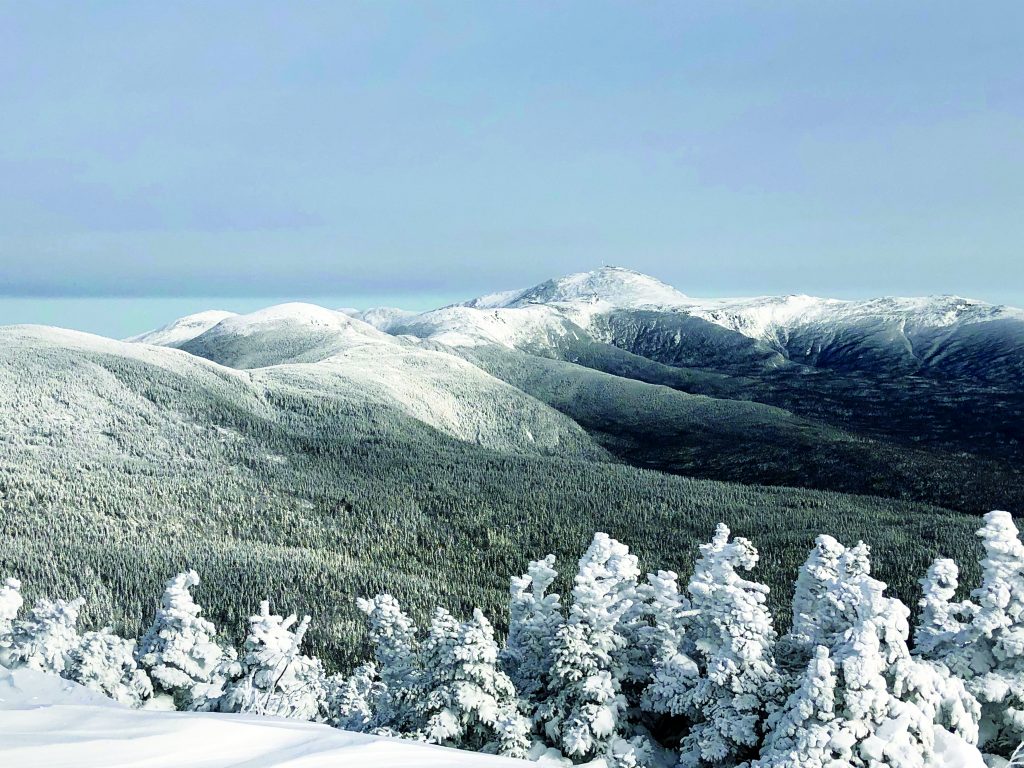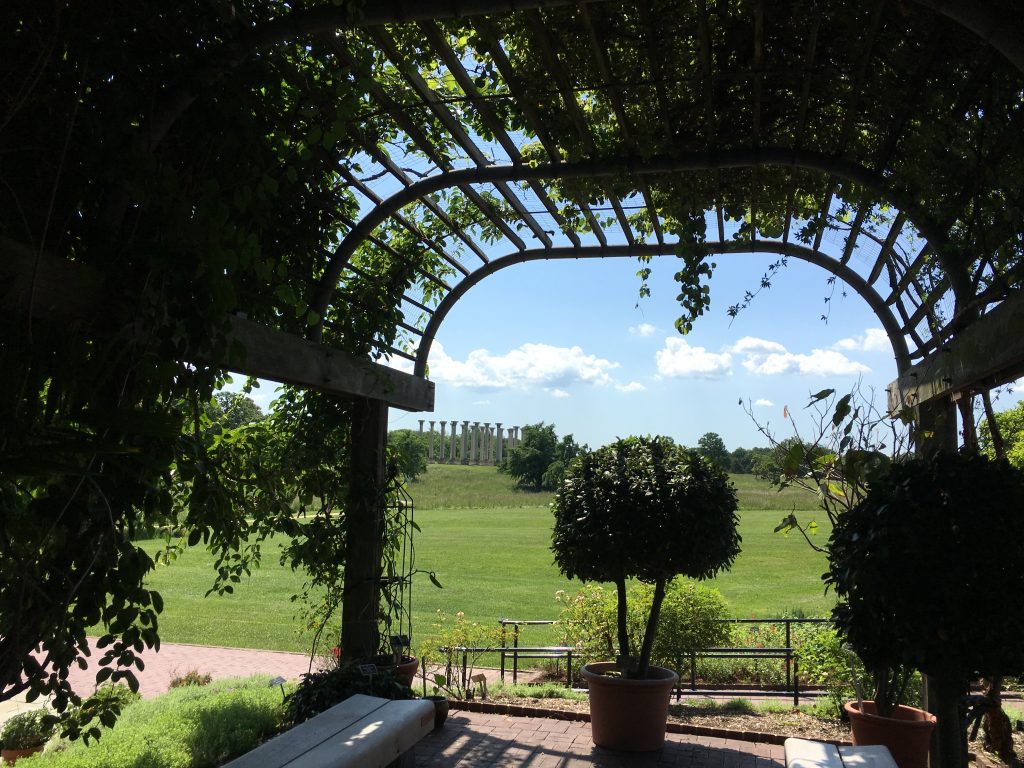
SePPCon 2024: Protection, Endemism, & Capacity Enhancement Land Trusts and Private Lands: Preserving Biodiversity Through In-Situ Conservation Sara Johnson*, North American Land Trust Habitat loss is the number one threat to biodiversity worldwide, and land protection is our most effective tool for immediate impact. With around 60% of land in the United States under […]
Read More…
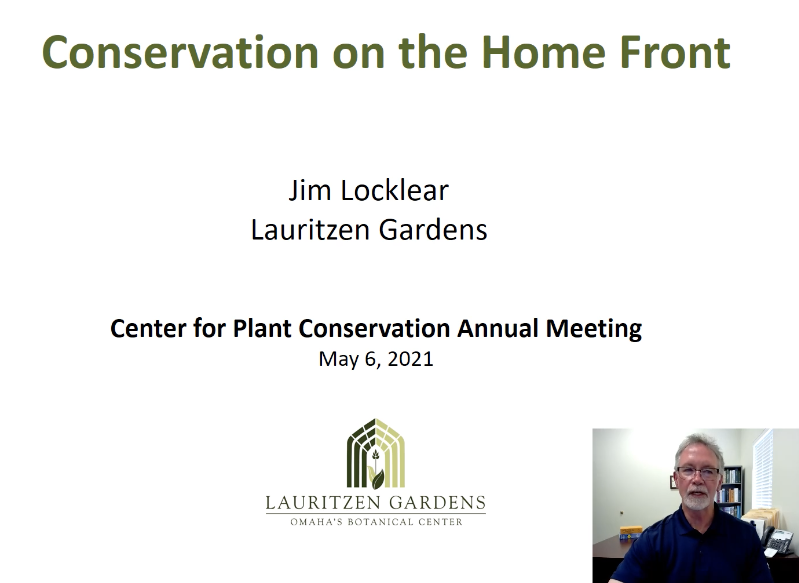
Jim Locklear, Lauritzen Gardens Lauritzen Gardens is dedicated to the conservation of plants and the biological diversity they support. Seed banking projects and rare plant surveys are major elements of our conservation program, but the subjects of this work are mostly obscure species growing in remote settings in faraway places. Having an on-site component to our […]
Read More…
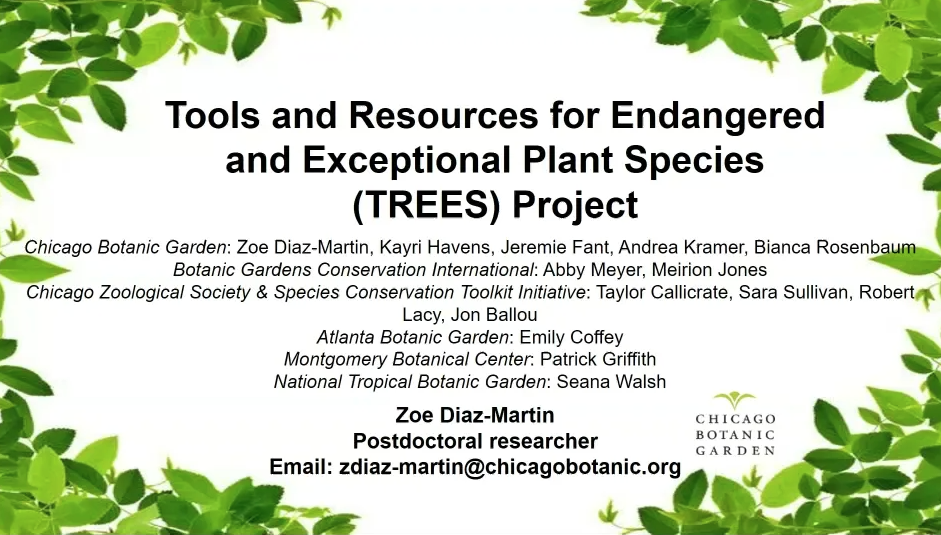
Zoe Diaz-Martin, Chicago Botanic Garden As global biodiversity continues to decline, how can we ensure the long-term conservation of exceptional plant species? Our collaborative project is addressing this question by developing tools and resources that will position botanic gardens as key players in global plant conservation. In adopting the successful framework used in the zoological community, […]
Read More…

Carrie Sekerak, Deputy District Ranger, Ocala National Forest Carrie Sekerak presents on the state of the isolated wetlands of Ocala National Forest. She describes the current issues faced in isolated wetland management, and gives a snapshot of best practices being applied. […]
Read More…
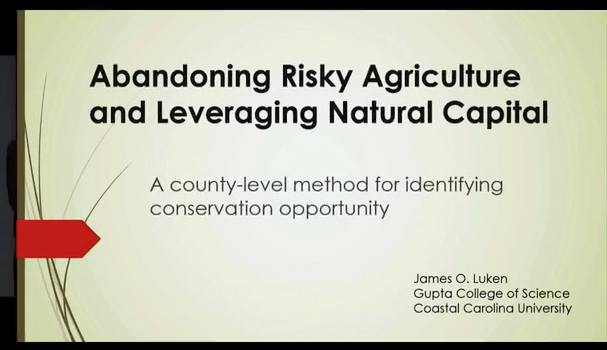
Dr. James Luken, College of Science, Coastal Carolina University Marginal land now devoted to growing harvested crops may be better suited to other land uses such as biodiversity enhancement and carbon sequestration. However, farmers are not encouraged to explore the development of these opportunities due largely to subsidized federal crop insurance (FCI). This study examined […]
Read More…
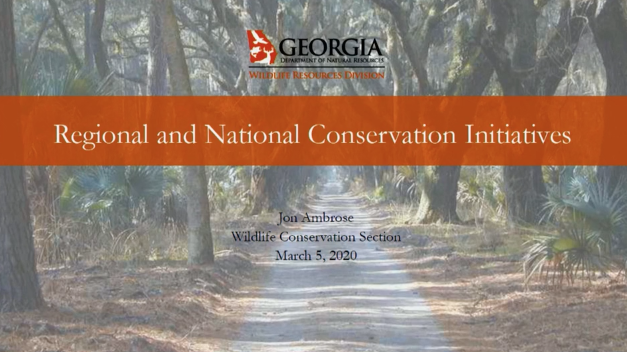
Dr. Jon Ambrose, Georgia DNR, Chief of Wildlife Conservation All state wildlife agencies in the Southeast have developed State Wildlife Action Plans, strategic plans for conservation of rare or declining species and their habitats. Some states have included plants as species of greatest conservation need, and others are considering doing so in the next revision […]
Read More…
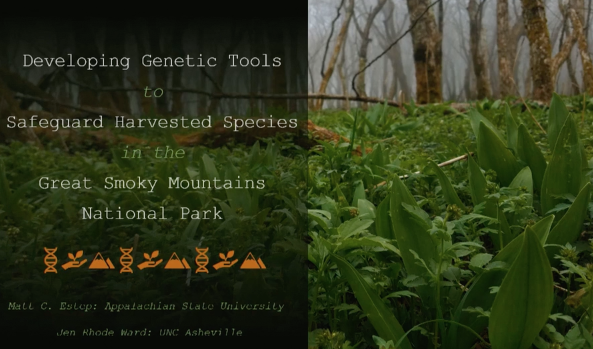
Dr. Matt Estep, Appalachian State University Jennifer Rhode Ward, University of North Carolina at Asheville Many plant species are being driven towards rarity due to exploitation for food, medicine, or the nursery trade. Land managers in the Smoky Mountain National Park are particularly concerned about two plant species: cutleaf coneflower / Sochan (Rudbeckia laciniata), and […]
Read More…
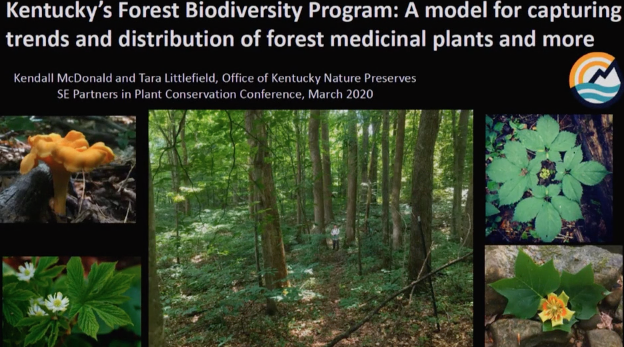
Kendall McDonald, Tara Littlefield, Office of Kentucky Nature Preserves The Office of Kentucky Nature Preserves (OKNP) is the natural heritage and natural areas program for Kentucky. OKNP maintains the Kentucky rare species database, and acquires and manages natural areas and nature preserves that host high quality communities and rare species. In 2019, OKNP created the […]
Read More…
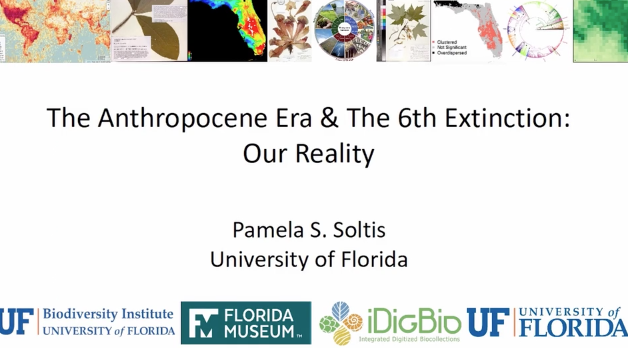
Dr. Pamela S. Soltis, Founding Director of University of Florida Biodiversity Institute, Distinguished Professor and Curator at the Florida Museum of Natural History We are living in a new geological era, termed the Anthropocene, in reference to human impact on our planet. This impact has led to extinction rates that are 1000 times higher than […]
Read More…

